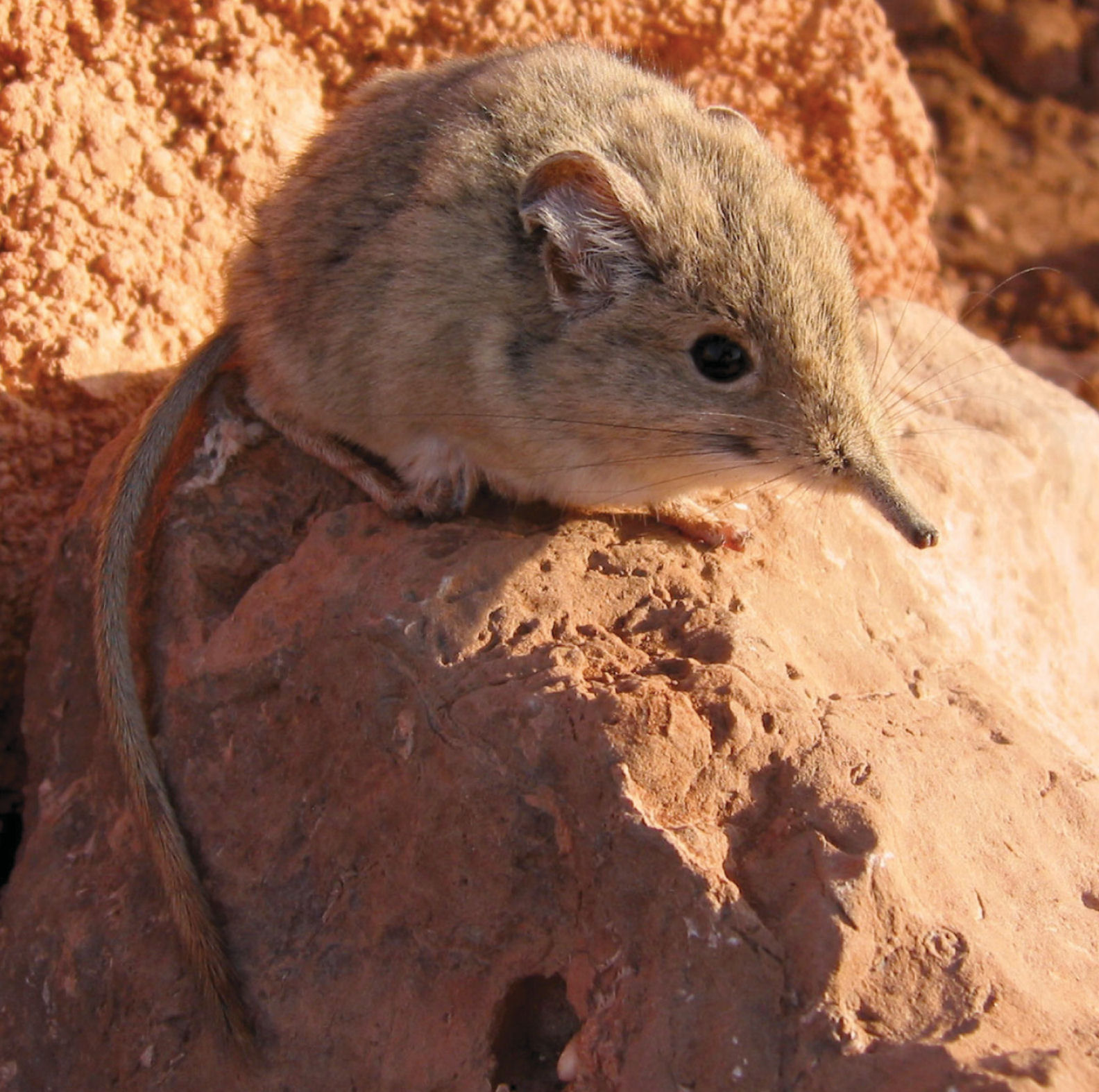The Somali sengi (Elephantulus revoilii), known commonly as an elephant shrew, has been lost to science since 1968. But it has recently been re-discovered and now conservationists are finding out new things about its traits and habits.
To be sure, the Somali sengi is an odd critter. As reported in Monogabay, “its body is the shape and size of a mouse’s, it has spindly, gazelle-like legs that allow it to dart across boulders at breakneck speed.” It also has a trunk-like nose like an elephant’s (thus its name), although it operates more like an anteater’s because it can gobble up ants.
For years, scientists believed that the species only existed in the northern parts of Somalia and Somaliland. But then researchers got a tip that some may exist in Republic of Djibouti, north of Somaliland. On visiting the region in 2019 scientists actually trapped one, and voila, the species re-appeared on conservationists’ radar.
As reported in Mongabay:
“The team spotted 12 Somali sengis on their two-week expedition [in 2019], and also captured the first known photos and videos of living Somali sengis. There doesn’t seem to be any big threats to the Somali sengi’s habitat in Djibouti, likely because the terrain was so inhospitable to humans. And since the Somali sengis seemed to be just as abundant as other sengi species, the researchers determined that they probably had an extended range throughout Djibouti and possibly into Ethiopia. Based on these findings, the team has recommended that the IUCN change the species’ status from data deficient to least concern.”
Interestingly, a DNA analysis on the Somali sengis found that they are actually more closely related to its relatives that live in Morocco and South Africa rather than with local sengis. Thus, the animal has been reclassified from the Elephantulus genus to that of the Galegeeska.
Time will tell what other discoveries await scientists now that they actually have animals they can observe.
For more information, read the original story at Mongabay here.
